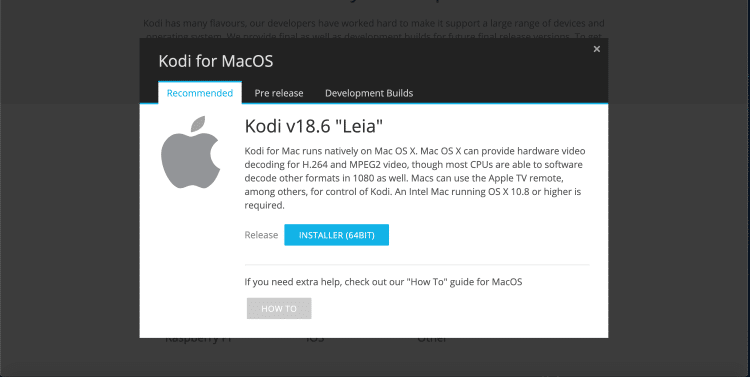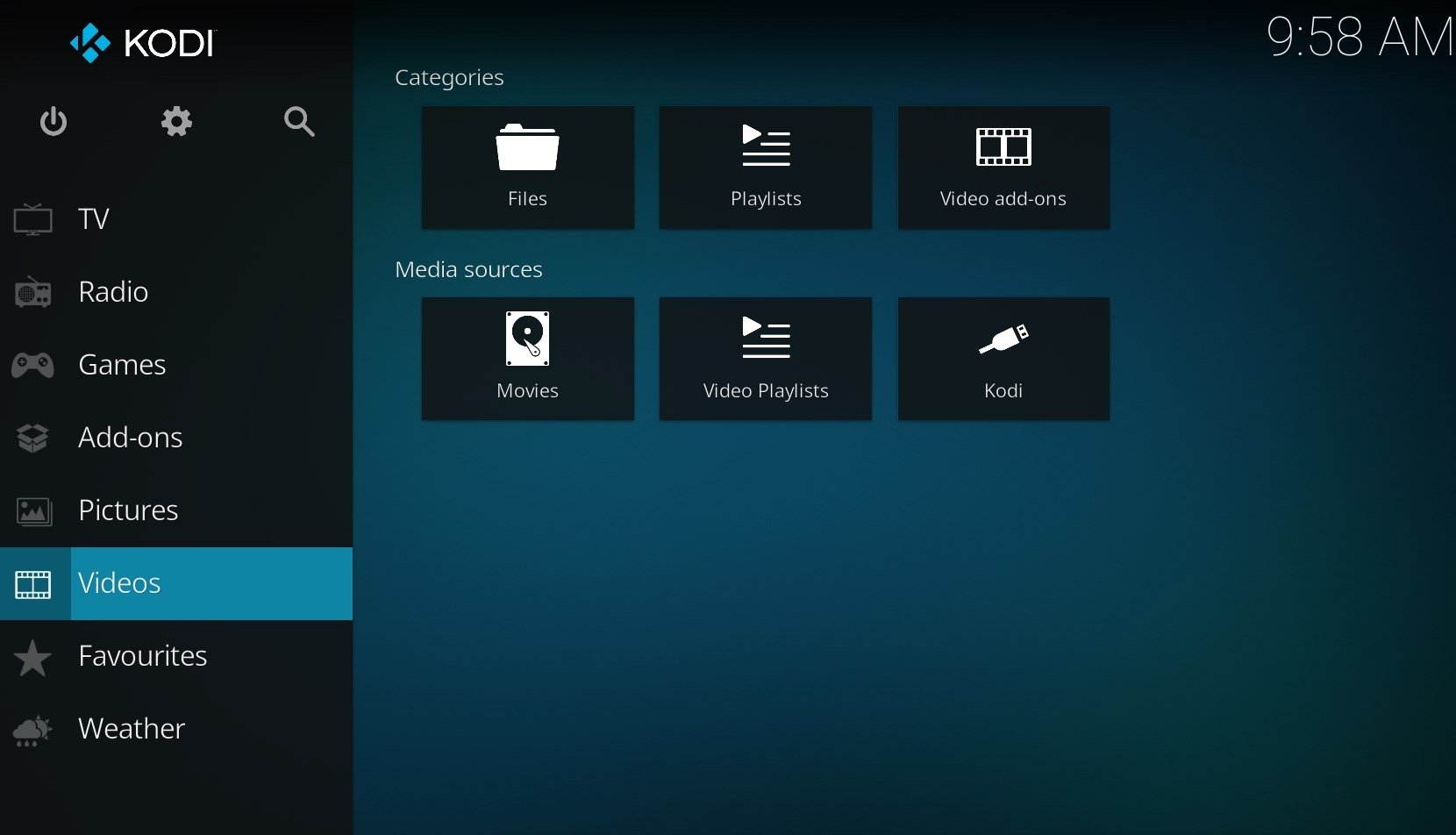

If you want to remove all your XBMC/Kodi settings, drag this folder to the Trash. This directory contains all your settings and your video & music database. They are located in the Application Support folder within your user’s Library folder: However, XBMC/Kodi creates userdata files when it is run. This means that to uninstall it, you only have to drag it to the Trash.
DOWNLOAD KODI FOR MAC FULL
The XBMC/Kodi bundle contains the full application. Be sure to make a backup of the userdata folder when doing updates in case something goes wrong. All your settings and files will be preserved as they are located in a different place in the userdata folder.
DOWNLOAD KODI FOR MAC FOR MAC
To update XBMC/Kodi for Mac simply follow the normal install steps with the newer version. Either place them in the Trash or back them up somewhere in case you wish to re-install the application in the future. You can also drag the mounted disk icon to the the Trash, again as if it were a CD.Īll files other than the bundle in the Applications folder can be simply discarded. This can be done by using the eject icon next to to it in the Finder sidebar as if it were a CD. 4 Tidy upĪfter you have finished installing the program you can unmount the XBMC/Kodi disk image In all cases OS X will still ask you if you want to open an “unsigned” application the first time it is opened, so new applications that are downloaded can’t just start by themselves. If you’re not comfortable with this, use the “right click” method mentioned above.

DOWNLOAD KODI FOR MAC MAC OS X
If you have Mac OS X 10.8 or higher then you might get a message saying that XBMC/Kodi “can’t be opened because it is from an unidentified developer”. XBMC/Kodi makes it even easier by supplying a link to the Application folder, on which you can drop the XBMC/Kodi bundle. Copying the program is performed simply by using drag and drop. XBMC/Kodi is installed by drag-and-dropping it to the applications folder.Īll you have to do is copy the program to your desired location (usually your Applications folder) and run it. Having done this, the the disk image will appear as new device in the Finder, as shown in the picture below: 3 Install Safari and some other download apps will auto-mount the XBMC/Kodi disk image, but you may have to do this yourself by double-clicking the file. The actual data in the disk image is contained within a single file which will look something like this: A disk image can be thought of as the virtual equivalent of a CD.



 0 kommentar(er)
0 kommentar(er)
